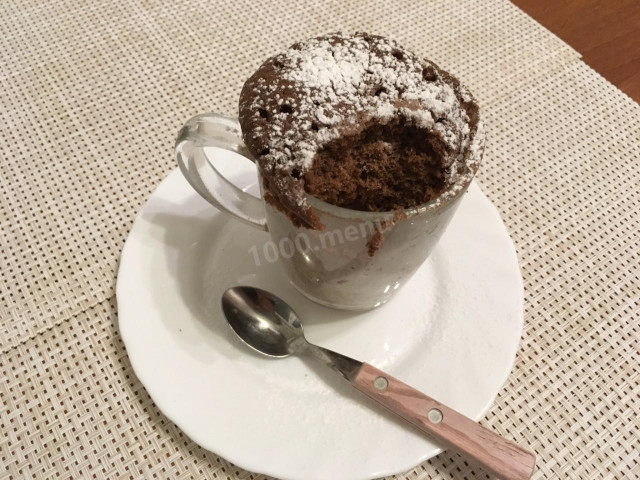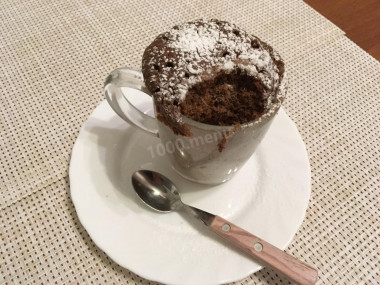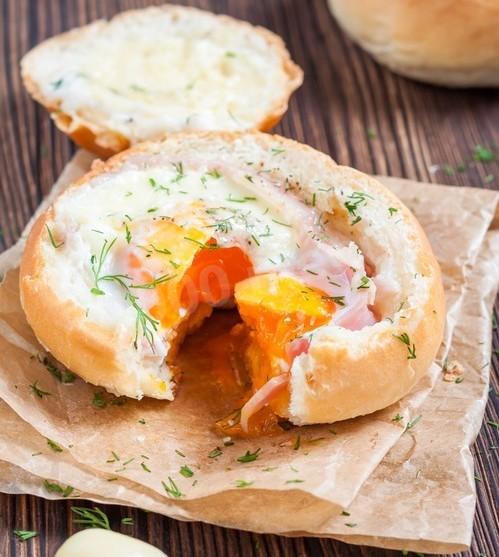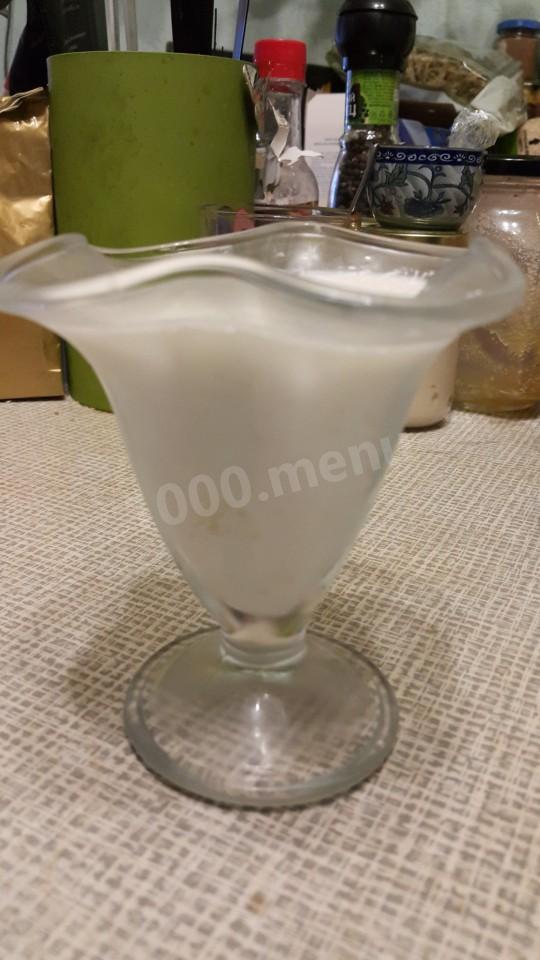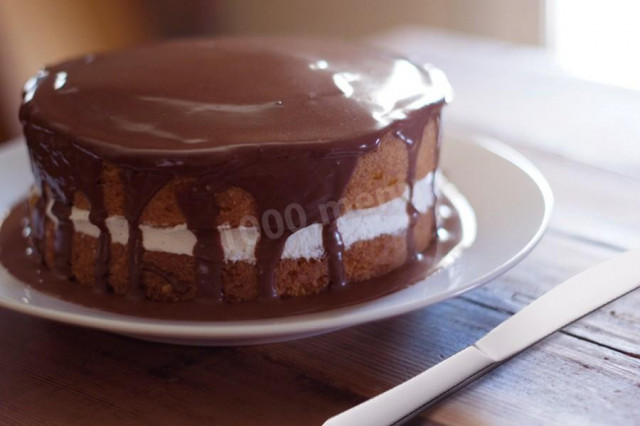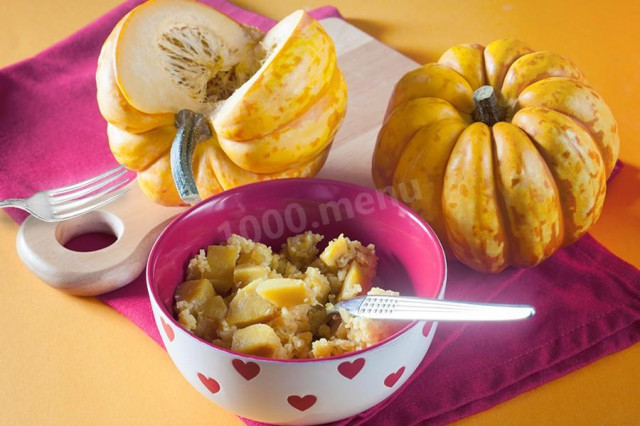Composition / ingredients
Cooking method
Beat the egg lightly in a mug. Add sugar, mix.
Add oil, mix.
Add flour, cocoa, baking powder, mix well.
Add milk, mix.
Bake in the microwave for 2.5-3 minutes.
You can sprinkle the finished cake with powdered sugar, add chocolate paste or pour condensed milk.
You can also add chocolate pieces to the dough ready for baking and mix so that the chocolate is evenly distributed. You need to bake the cupcake at high power, you can check the readiness with a toothpick (stick a toothpick into the cupcake and if it is dry, then the cupcake is ready).
An incredibly popular confection with various fillers is called a cupcake. The history of the cupcake origin goes back to the times of Ancient Rome, during the development of which it was customary to mix pomegranate, nuts, raisins and many other ingredients in barley puree.
"Cupcake" got its name in the Middle Ages due to the combination of Old French "Frui" — fruit and English "Kechel" — pie. Today, modern English has an analog word "Cakes", which means "cakes" in translation. According to the modern recipe for making a cupcake, it is usually baked from yeast or sponge dough. The most common fillings are any nuts, dried fruits, jams, jams, fresh fruits and even vegetables.
Historians claim that this type of dessert was especially widespread in the 16th century. Experts associate this phenomenon with the appearance of granulated sugar, which was supplied from the American colonies and contributed to the long preservation of fruits. Thanks to this, cupcakes have become a favorite dessert of many European countries, which had their own traditional ingredients of this dish.
Over the centuries, the cupcake recipe has changed in accordance with the peculiarity of cultures of different peoples and countries, so muffins, stolens, biscuits, etc. soon appeared. In general, it is believed that the best size for a cupcake is a small round shape, designed for one cup of hot tea or fragrant coffee.
Caloric content of the products possible in the composition of the dish
- Whole cow's milk - 68 kcal/100g
- Milk 3.5% fat content - 64 kcal/100g
- Milk 3.2% fat content - 60 kcal/100g
- Milk 1.5% fat content - 47 kcal/100g
- Concentrated milk 7.5% fat content - 140 kcal/100g
- Milk 2.5% fat content - 54 kcal/100g
- Chicken egg - 157 kcal/100g
- Egg white - 45 kcal/100g
- Egg powder - 542 kcal/100g
- Egg yolk - 352 kcal/100g
- Ostrich egg - 118 kcal/100g
- Whole durum wheat flour fortified - 333 kcal/100g
- Whole durum wheat flour universal - 364 kcal/100g
- Flour krupchatka - 348 kcal/100g
- Flour - 325 kcal/100g
- Granulated sugar - 398 kcal/100g
- Sugar - 398 kcal/100g
- Butter 82% - 734 kcal/100g
- Amateur unsalted butter - 709 kcal/100g
- Unsalted peasant butter - 661 kcal/100g
- Peasant salted butter - 652 kcal/100g
- Melted butter - 869 kcal/100g
- Cocoa powder - 374 kcal/100g
- Baking powder - 79 kcal/100g

